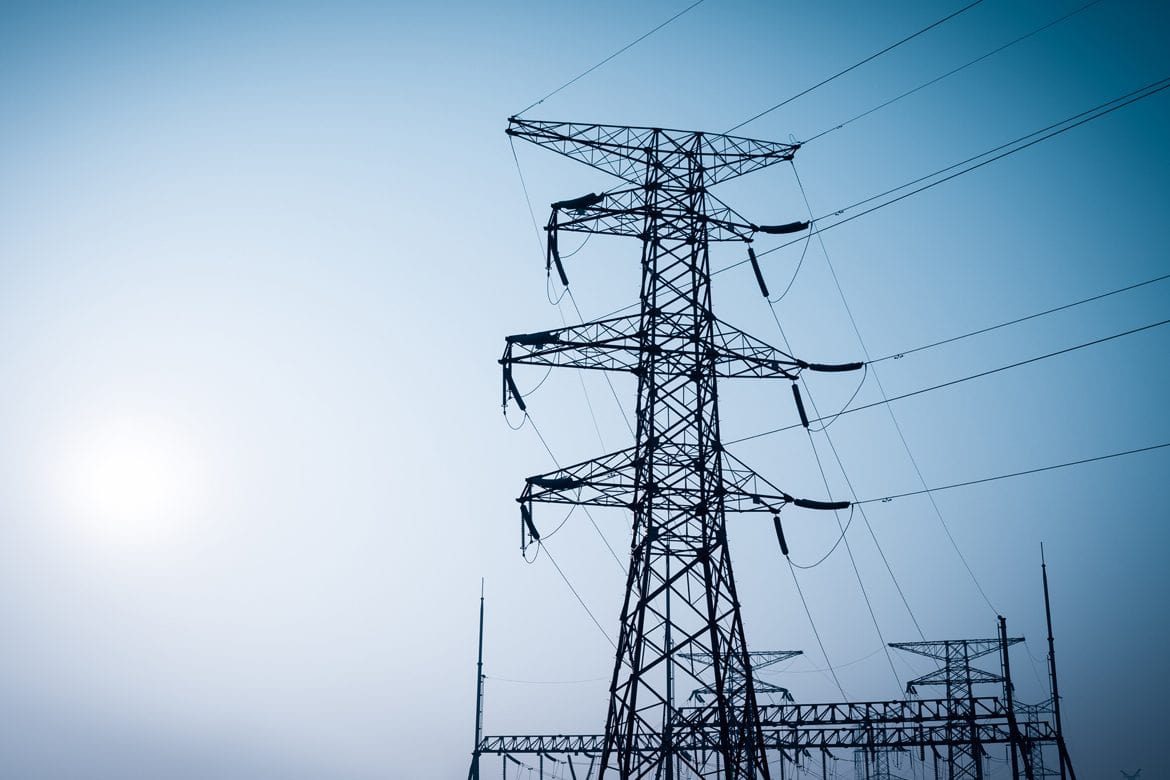- Smart grid technologies can empower customers with real time control and the choice to generate, store and consume electricity at lowest cost available or sell it to the grid during the surplus generation while ensuring high quality and availability of power.
- Today India operates one of the largest and most complex electricity grids in the world – a grid covering 3 million square kilometres with around 350 gigawatt (GW) capacity and 300 million customers operating in one frequency.
- India is spearheading large and aggressive energy transformation programs that focus on technology interventions for building smart cities, mainstreaming renewable energy, modernising the electricity grid and enabling rural and urban electrification at a faster pace.
Electric grid is considered to be the biggest engineering achievements of the 20th century. Large power plants generate electricity that is transported over high voltage transmission networks to long distances and distribute the electricity at low voltage to millions of customers. The power system consisting of limited number of power stations injecting electricity in to the grid and millions of customers drawing electricity from the grid remained as the basic model of electrification for over a century. However, in the past few years we see the emergence of a distinct trend with proliferation of distributed generation resources which has put the electric grids on the threshold of a paradigm shift.
With this shift from centralised generation to decentralised generation, the traditional boundaries between generation, transmission and distribution are fast disappearing. The grid is evolving into an integrated Smart Grid, a unique solution which integrates all types of power generation resources and helps the consumer become a producer and consumer (prosumer). Smart grid is an electricity grid with communication, automation and IT systems that enable real time monitoring and control of bi-directional power flows and information flows from points of generation to points of consumption at the appliances level.
Smart grid technologies can empower customers with real time control and the choice to generate, store and consume electricity at lowest cost available or sell it to the grid during the surplus generation while ensuring high quality and availability of power. With the help of programs like demand response (DR), customers can change their consumption patterns by shifting their consumption from expensive peak hours to cheaper off peak hours, making the power flow more interactive, efficient, more environment and customer friendly.
Today India operates one of the largest and most complex electricity grids in the world – a grid covering 3 million square kilometres with around 350 gigawatt (GW) capacity and 300 million customers operating in one frequency. Indian electricity sector has witnessed tremendous growth in its energy demand, generation capacity, and transmission and distribution networks. Keeping pace with the recent technological advancements, the India government has been constantly promoting technological enhancement programs aimed at fast deployment and adoption of Smart Grid technologies at distribution as well as transmission levels. In order to kick-start Smart Grid technologies demonstration in the country, the India government allotted 14 pilot projects in 2013 with 50 percent project cost as a grant. Out of these, 10 pilot projects have been successfully completed.
The government issued a Smart Grid Vision and Roadmap for India in 2013 that set the trajectory and helped to accelerate the Smart Grids developments in India giving broad targets to all stakeholders. In 2015, it established National Smart Grid Mission (NSGM) to rollout larger Smart Grid projects in the country through funding support of 30% on capital expenditure for large Smart Grid projects.
India is also spearheading large and aggressive energy transformation programs that focus on technology interventions for building smart cities, mainstreaming renewable energy (with an ambitious target of 175GW of renewable energy by 2022), modernising the electricity grid and enabling rural and urban electrification at a faster pace. Smart Grids will play a key role in the success of these programmes and are also relevant to other key initiatives like the Electric Mobility Mission. Emerging technologies such as Artificial Intelligence, Machine Learning and Advanced Analytics, Blockchain, Augmented Reality and Drones could also be leveraged by utilities for various applications. Integration of large scale renewable energy resources, management of ageing assets, energy efficiency and increasing concerns of system reliability and integrity in the context of multiple players in the market requires adaptation of latest technology along with a cost effective solution and thus smart grid comes into play.
For power sector to continue to grow on the low carbon route, deployment of Smart Grid technologies is inevitable.






NO COMMENT